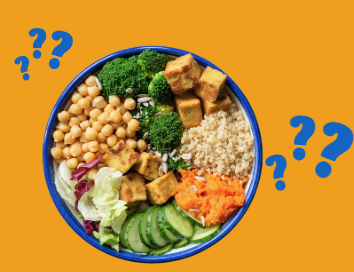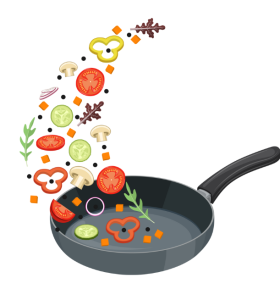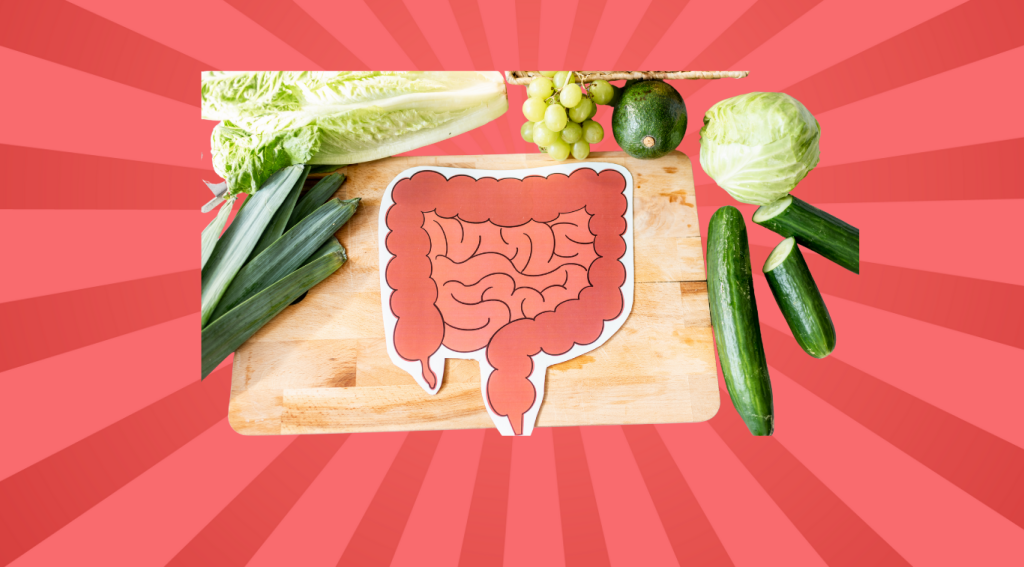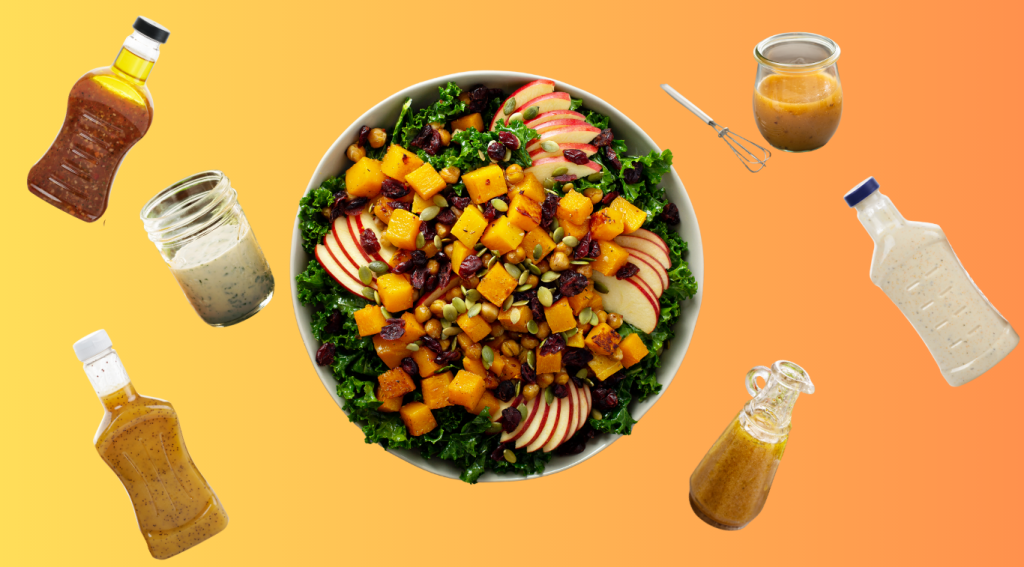In recent years, the spotlight has increasingly turned to plant-based proteins, and for good reason. These versatile, nutrient dense foods offer a myriad of benefits not only for our personal health but also for the health of our planet. Whether you are looking to change up a weekly meal or for a way to make a difference for our planet, I’m excited to share why incorporating more plant-based proteins into our eating pattern is a win-win situation.
What are plant proteins?
Plant proteins are derived from plants and include a wide variety of foods such as legumes (beans, peas, lentils), soy products, nuts, and seeds and certain vegetables. These foods are also rich in essential nutrients like fiber, vitamins, minerals and they can provide a healthy source of protein without the saturated fats commonly found in animal products.
Benefits – For the Planet
The production of plant-based foods generates significantly lower greenhouse gas emissions compared to animal agriculture. According to a report by the United Nation Food and Agriculture Organization (FAO), livestock production is responsible for 14.5% of global greenhouse gas emissions2 while plant-based proteins have a much smaller carbon footprint.
Did you know incorporating only one meatless meal a week can have these benefits for the environment:
- “Save 133 gallons of water”1
- “Reduce carbon footprint by 8 pounds”1
- “Equate to the same reduction of emissions as cutting out 348 miles of driving”1
Benefits – For Personal Health
Eating patterns rich in plant-proteins are associated with a lower risk of heart disease. A study published in the Journal of the American Heart Association found that replacing animal proteins with plant proteins can help lower cholesterol levels3 and a higher adherence to a plant-based diet was associated with a 19% lower risk of dying from cardiovascular disease4.
A recent study from Harvard T.H Chan School of Public Health found that replacing red meat with healthy plant-based protein sources was associated with reduced risk of type 2 diabetes5.
Common Myth

Animal proteins are often considered a “complete” protein because they contain all 9 essential amino acids in sufficient quantities. The myth that plant proteins are inferior arises from the fact that most individual plant proteins do not contain all essential amino acids in their required proportions. This has led to the belief that plant proteins are incomplete and therefore not suitable for maintaining optimal health.
The truth
While it is true individual plant proteins might not contain all essential amino acids, consuming a varied plant-based diet ensures that you get all the amino acids your body needs. Different plant foods complement each other in their amino acid profiles therefore, eating a variety of these foods throughout the day can provide all essential amino acids. It just takes a little bit of planning but as you incorporate more and more plant proteins into your diet it will become easier to plan.
Here are a few naturally complete plant proteins providing all 9 essential amino acids:
- Quinoa
- Soy products – tofu, tempeh, edamame
- Buckwheat (buckwheat flour for pancakes, buckwheat soba noodles, buckwheat groats: treat like you would rice or quinoa)
Practical tips for incorporating more plant proteins
- Start Simple: Ever hear of the movement “Meatless Mondays”? it is a global campaign that encourages people to skip meat one day a week to improve their health and reduce their environmental footprint. If a whole day without meat sounds too difficult, start out with 1 meatless meal a week. You don’t need to go completely plant-based overnight. Gradually increase as you become more comfortable. Tip: try using lentils in place of ground beef in tacos or spaghetti sauce.
- Explore new recipes: Experiment with recipes that feature plant proteins as the main ingredients. Dishes like chickpea curry, black bean burgers, quinoa salad are delicious and nutritious.
- Be flexible and be patient: Just like with anything new, it might take a few tries to learn what you like. Remember, the goal is progress, not perfection.
Ultimately, swapping out animal proteins for plant-based proteins throughout your week is a powerful step towards improving your health and the health of your planet. Instead of thinking meatless meals are subtracting from your diet, consider viewing it as adding nutrient density and variety to your eating pattern.
Recipe Spotlight: Chickpea Spinach and Tofu Curry
(Serving size: 1 cup curry with 1/2 cup of cooked rice)
Ingredients:
- 1 can of chickpeas, drained and rinsed (~2 cups)
- 1 block high protein tofu, drained and cubed
- 1 can 14 oz diced tomatoes
- 1 can lite coconut milk (~14 fluid oz)
- 1 onion, chopped
- 2 cloves garlic, minced,
- 1 tablespoon curry powder
- 1 tablespoon turmeric
- 4 cups of fresh spinach
- 1 small head of cauliflower, cut into florets (~3 cups)
- 1 tablespoon olive or avocado oil
- 1 1/3 cups dry basmati rice or preferred rice
- ½ teaspoon salt or per preference
Directions:
- After draining, press the tofu to remove excess moisture. Then cut into cubes.
- In a large pot, heat 1 tbsp of olive or avocado oil over medium heat. Add the tofu cubes and cook until golden brown on all sides. Remove from pot and set aside
Optional additional step for better flavor and texture:
-Place cauliflower florets on a sheet pan covered with parchment paper.
-Drizzle olive oil over cauliflower and sprinkle with garlic and onion powder. Mix with hands until cauliflower florets are seasoned well.
-Roast cauliflower in the oven at 375 degree for 20 minutes.
3. In the same pot, add a bit more oil if needed. Sauté the chopped onion and minced garlic until translucent and fragrant.
4. Stir in the curry powder, cumin, and turmeric. Cook for another minute, allowing the spices to release their flavors.
5. Add the diced tomatoes, coconut milk, chickpeas and if not roasting the cauliflower florets, add into the pan now too, salt (if using) and pepper to taste. Stir well to combine.
6. Bring the mixture to a simmer. Reduce the heat and cook for about 15 minutes, stirring occasionally, until the cauliflower is tender.
7. Stir in the fresh spinach leaves and cook until wilted.
8. Gently stir the cooked tofu back in the pot (and if previously roasted the cauliflower florets) add cauliflower here to warm through.
9. Serve the curry hot over a bed of cooked basmati rice.
Please note that the calorie and macronutrient values provided are estimates. Actual nutritional values may vary based on specific brands and product variations.
Nutrition Info per serving: 540 calories, 31 g protein, 74 g carbohydrate, 21 g total fat (6 g saturated), 11 g fiber
Medical Advice Disclaimer: The information provided on this blog is for informational and educational purposes only. No material provided in this blog, including images and graphics, is intended as a substitute for professional medical advice, diagnosis, or treatment. Always seek the advice of your physician or other qualified health care provider before making any dietary changes or starting a new health care regimen. Do not neglect professional advice because of what you may have read in this blog.
References:
- Meatless Mondays: “less meat, less heat!” | Environmental Center | University of Colorado Boulder
- Livestock solutions for climate change | FAO
- Blanco Mejia, S., Messina, M., Li, S. S., Viguiliouk, E., Chiavaroli, L., Khan, T. A., Srichaikul, K., Mirrahimi, A., Sievenpiper, J. L., Kris-Etherton, P., & Jenkins, D. J. A. (2019). A Meta-Analysis of 46 Studies Identified by the FDA Demonstrates that Soy Protein Decreases Circulating LDL and Total Cholesterol Concentrations in Adults. The Journal of nutrition, 149(6), 968–981. https://doi.org/10.1093/jn/nxz020
- Kim, Hyunju, et al. “Plant‐Based Diets Are Associated With a Lower Risk of Incident Cardiovascular Disease, Cardiovascular Disease Mortality, and All‐Cause Mortality in a General Population of Middle‐Aged Adults.” Journal of the American Heart Association, vol. 8, no. 16, Aug. 2019, p. e012865. org (Crossref), https://doi.org/10.1161/JAHA.119.012865.
- Gu, X., Drouin-Chartier, J. P., Sacks, F. M., Hu, F. B., Rosner, B., & Willett, W. C. (2023). Red meat intake and risk of type 2 diabetes in a prospective cohort study of United States females and males. The American journal of clinical nutrition, 118(6), 1153–1163. https://doi.org/10.1016/j.ajcnut.2023.08.021



